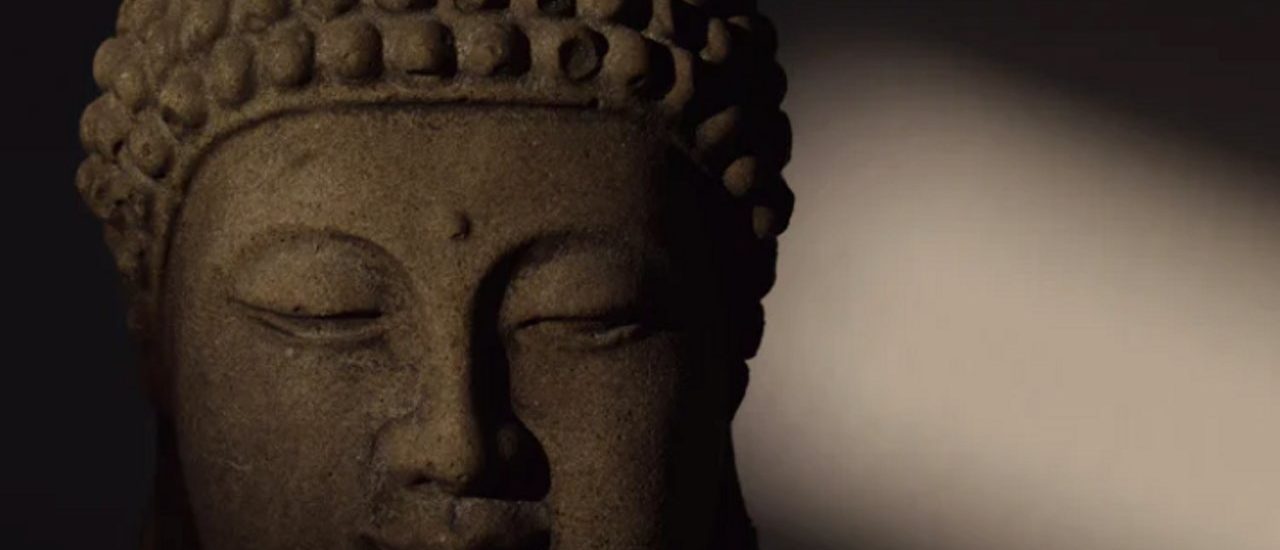The spiritual life does not remove us from the world but leads us deeper into it. – Henri J. M. Nouwen
I admittedly struggle in my life’s work as a global educator. The systemic issues of poverty, suffering and inhumane labor practices at times shackle my heart and mind with an unbending futility.
I must constantly move into some form of mental reconciliation, referring to Jesus’ instruction to be in the world but not of it. None of us see, hear or experience the entirety of infinite intelligence at play, what some would call our infinite karmic blueprint. We only see what’s in front of us through our limited physical vision. I falter when responding from “in the world” perspective without partnering with what Ram Dass termed “keeping your heart open in hell”. Faith makes the suffering bearable; action helps the sufferer.
The cultivation of a compassionate heart requires it to be both broken and operational. It’s like the monk who is crying because his son has died. His student approaches him questioning, “What are you crying about? You know it is all illusion.” The monk replies, “Yes, but the death of a son is the greatest illusion.”
Much like the depiction of the Buddha with a little smile at the corners of his mouth, that smile is called the smile of unbearable compassion. That smile represents the eternal lesson of paradox.
The Talmud states, “Do not be daunted by the enormity of the world’s grief. Do justly now, love mercy now, walk humbly now. You are not obligated to complete the work, but neither are you free to abandon it.”
Ram Dass called those who do this work of mercy “peacers”. A peacer must be able to look suffering in the eye and not flicker. A peacer embraces the evolutionary process of all souls with the balance of a compassionate heart.
We are all called to be peacers. Whether in our homes, communities or the farthest regions of our planet, we must learn to smile with unbearable compassion.
